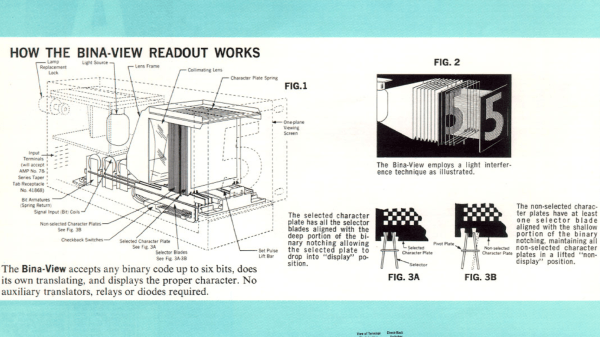If you haven’t noticed, this is an absolutely fantastic time to be a hacker. The components are cheap, the software is usually free, and there’s so much information floating around online about how to pull it all together that even beginners can produce incredible projects their first time out of the gate. It’s no exaggeration to say that we’re seeing projects today which would have been all but impossible for an individual to pull off ten years ago.
But how did we get here, and perhaps more importantly, where are we going next? While we might arguably be in the Golden Age of DIY, creative folks putting together their own hardware and software is certainly nothing new. As for looking ahead, the hacker and maker movement is showing no signs of slowing down. If anything, we’re just getting started. With a wider array of ever more powerful tools at our disposal, the future is very literally whatever we decide it is.
In her talk at the 2019 Hackaday Superconference, “The Future is Us: Why the Open Source And Hobbyist Community Drive Consumer Products“, Jen Costillo not only presents us with an overview of hacker history thus far, but throws out a few predictions for how the DIY movement will impact the mainstream going forward. It’s always hard to see subtle changes over time, and it’s made even more difficult by the fact that most of us have our noses to the proverbial grindstone most of the time. Her presentation is an excellent way for those of us in the hacking community to take a big step back and look at the paradigm shifts that put such incredible power in the hands of so many.
Continue reading “Jen Costillo Explains Why Hackers Thrive In A Recession” →

















